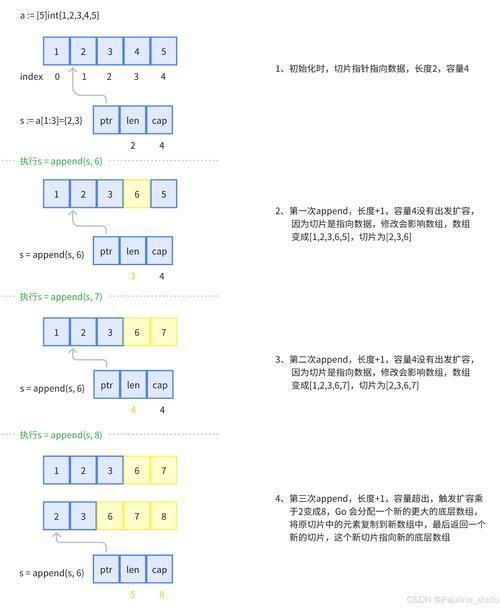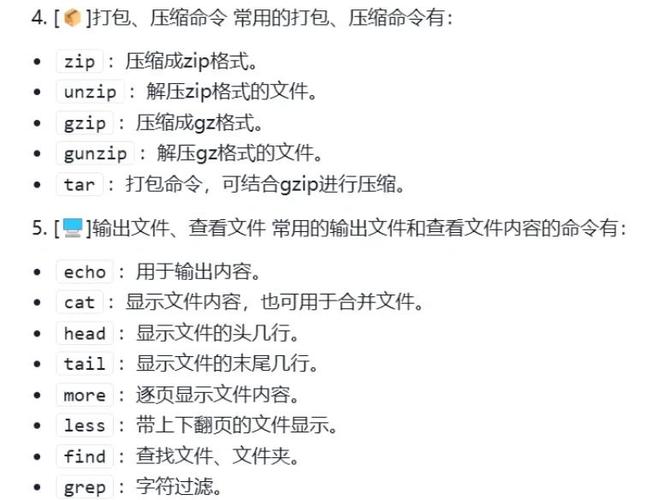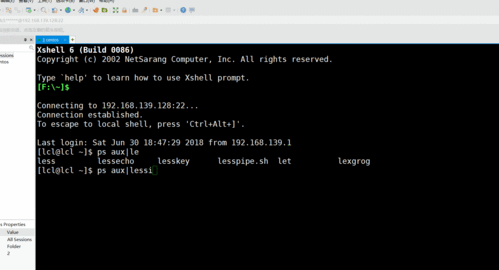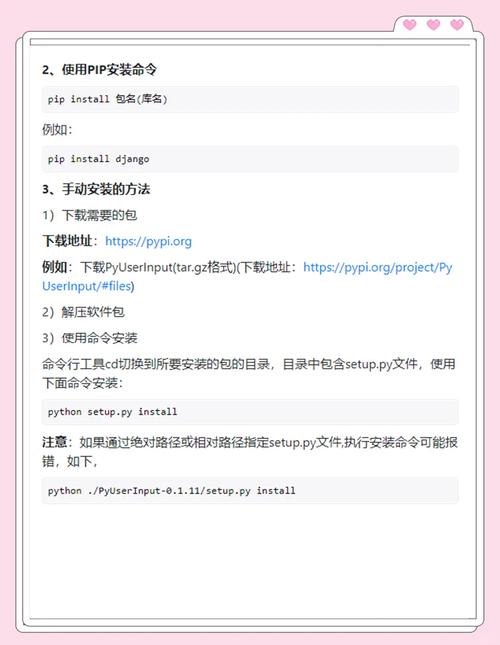Golang实现函数默认参数
golang原生不支持默认参数
在日常开发中,我们有时候需要使用默认设置,但有时候需要提供自定义设置 结构体/类,在Java我们可以使用无参、有参构造函数来实现,在PHP中我们也可以实现(如 public function xxx($isCName = false, $securityToken = NULL, $requestProxy = NULL))。但在golang中无法这样做,不过我们可以使用另外一种方式优雅的实现。
golang如何模拟实现默认参数?
在 Go 语言中,函数参数默认值的概念与某些其他编程语言(如 Python)略有不同。Go 语言本身不支持在函数定义中直接为参数设置默认值,这与 Python 或 Java 等语言不同。不过,你可以通过几种方式模拟出类似的功能:
- 使用函数重载
虽然 Go 不支持传统意义上的重载(即多个函数名相同但参数不同的定义),但你可以通过不同的函数名来实现类似的效果。
package main
import “fmt”
// 定义两个函数,一个带默认参数,一个不带
func printMessage(message string) {
fmt.Println(“Default message:”, message)
}
func printMessageWithDefault(message string, defaultMessage …string) {
if message == “” && len(defaultMessage) > 0 {
message = defaultMessage[0]
}
fmt.Println(“Custom message:”, message)
}
func main() {
printMessage(“Hello, World!”) // 使用不带默认参数的函数
printMessageWithDefault(“”) // 使用带默认参数的函数,传入空字符串触发默认值
printMessageWithDefault(“”, “Default”) // 明确指定默认值
}
2. 使用可变参数和切片
如果你想要一个函数可以有或没有参数,可以考虑使用可变参数或切片。
package main
import “fmt”
func printMessages(messages …string) {
if len(messages) == 0 {
fmt.Println(“No messages provided”)
} else {
for _, msg := range messages {
fmt.Println(msg)
}
}
}
func main() {
printMessages(“Hello”, “World”) // 传入多个消息
printMessages() // 不传入任何消息,显示默认行为
}
3. 使用结构体和指针传递默认值
对于更复杂的情况,可以使用结构体和指针来传递默认值。
package main
import “fmt”
type Config struct {
Message string
}
func printMessage(config *Config) {
if config == nil {
fmt.Println(“Using default message”)
config = &Config{Message: “Default message”} // 设置默认值并传递指针引用
}
fmt.Println(config.Message)
}
func main() {
printMessage(nil) // 使用默认值,因为没有传递非nil的Config实例
config := Config{Message: “Custom message”}
printMessage(&config) // 使用自定义消息
}
4. 使用工厂函数或构造函数模式
创建一个工厂函数或构造函数来返回一个已经配置好的实例。
package main
import “fmt”
type MessagePrinter struct {
message string
}
func NewMessagePrinter(message string) *MessagePrinter {
if message == “” { // 检查是否需要默认值
message = “Default message” // 设置默认值
}
return &MessagePrinter{message: message} // 返回实例指针,包含配置好的消息值
}
func (mp *MessagePrinter) Print() {
fmt.Println(mp.message) // 打印消息内容
}
func main() {
mp1 := NewMessagePrinter(“”) // 使用默认值创建实例
mp1.Print() // 打印默认消息
mp2 := NewMessagePrinter(“Custom message”) // 使用自定义消息创建实例并
1.举例
在这之前,我们在golang中大多是使用以下方式来实现的:
type ExampleClient struct {
Name string
Job int
}
func NewExampleClient(name, job string) ExampleClient {
if name == "" {
name = "default"
}
if job == "" {
job = "default"
}
return ExampleClient{
Name: name,
Job: job,
}
}
这种方式侵入性比较强,如果此时我们需要增加一个超时参数或其他更多参数,那么需要在原代码基础上做很多的修改。
2.实现默认参数
在使用go-micro的过程中,发现其初始化服务配置的方式如下👇
func main() {
sr := micro.NewService()
//或
sr := micro.NewService(
micro.Name("xxx.xxx.xxx"),
micro.Address("192.168.1.1"),
)
}
进入到micro.NewService中,可以看到在初始化的过程中都是以type Option func(*Options)类型的函数作为参数,并调用newOptions方法👇
type Option func(*Options)
// NewService creates and returns a new Service based on the packages within.
func NewService(opts ...Option) Service {
return newService(opts...)
}
func newService(opts ...Option) Service {
options := newOptions(opts...)
// service name
serviceName := options.Server.Options().Name
// wrap client to inject From-Service header on any calls
options.Client = wrapper.FromService(serviceName, options.Client)
return &service{
opts: options,
}
}
我们再接着进入到micro.newOptions中查看👇
type Options struct {
Broker broker.Broker
Registry registry.Registry
...
}
func newOptions(opts ...Option) Options {
opt := Options{
Broker: broker.DefaultBroker,
Registry: registry.DefaultRegistry,
...
}
for _, o := range opts {
o(&opt)
}
return opt
}
// Name of the service
func Name(n string) Option {
return func(o *Options) {
o.Server.Init(server.Name(n))
}
}
// Address sets the address of the server
func Address(addr string) Option {
return func(o *Options) {
o.Server.Init(server.Address(addr))
}
}
现在,我们知道了如何实现函数默认参数,最重要的步骤如下👇
//定义结构体
type ExampleClient struct {
Name string
Job string
}
//定义配置选项函数(关键)
type Option func(*ExampleClient)
func SetName(name string) Option {// 返回一个Option类型的函数(闭包):接受ExampleClient类型指针参数并修改之
return func(this *ExampleClient) {
this.Name = name
}
}
//应用函数选项配置
func NewExampleClient(opts ...Option) ExampleClient{
// 初始化默认值
defaultClient := ExampleClient{
Name: "default",
Job: "default",
}
// 依次调用opts函数列表中的函数,为结构体成员赋值
for _, o := range opts {
o(&defaultClient)
}
return defaultClient
}
这样利用闭包的特性,当我们需要额外添加参数时,只需要增加配置选项函数即可,拓展性很强。
————————————————
版权声明:本文为CSDN博主「johopig」的原创文章,遵循CC 4.0 BY-SA版权协议,转载请附上原文出处链接及本声明。
原文链接:https://blog.csdn.net/zhetmdoubeizhanyong/article/details/106414205
我们看下用Functional Options Patter的方式,我写了一个简单的例子。
package main
import "fmt"
//如何向func传递默认值
type dialOption struct {
Username string
Password string
Service string
}
type DialOption interface {
apply(*dialOption)
}
type funcOption struct {
f func(*dialOption)
}
func(fdo *funcOption) apply(do *dialOption){
fdo.f(do)
}
func newFuncOption(f func(*dialOption))*funcOption{
return &funcOption{
f:f,
}
}
func withUserName(s string) DialOption{
return newFuncOption(func(o *dialOption){
o.Username = s
})
}
func withPasswordd(s string) DialOption{
return newFuncOption(func(o *dialOption){
o.Password = s
})
}
func withService(s string) DialOption{
return newFuncOption(func(o *dialOption){
o.Service = s
})
}
//默认参数
func defaultOptions() dialOption{
return dialOption{
Service:"test",
}
}
type clientConn struct {
timeout int
dopts dialOption
}
func NewClient(address string, opts ...DialOption){
cc :=&clientConn{
timeout:30,
dopts:defaultOptions(),
}
//循环调用opts
for _,opt := range opts {
opt.apply(&cc.dopts)
}
fmt.Printf("%+v",cc.dopts)
}
func main(){
NewClient("127.0.0.1",withPasswordd("654321"),withService("habox"))
NewClient("127.0.0.1",withService("habox"))
}
实例化时,通过func的方式来传递参数,也可以定义一些默认参数。如果以后要加,只需要更改很少的代码。
而且,这种方式也不会传递不相关的参数,因为参数都在通过func的方式来修改的。
唯一不好的地方可能是代码量相应的增加了。但是为了更优雅,这种做法还是值得的。











